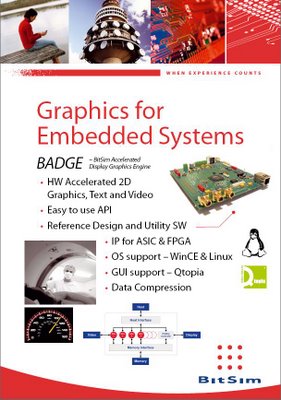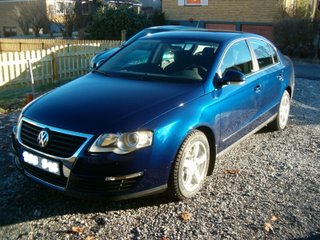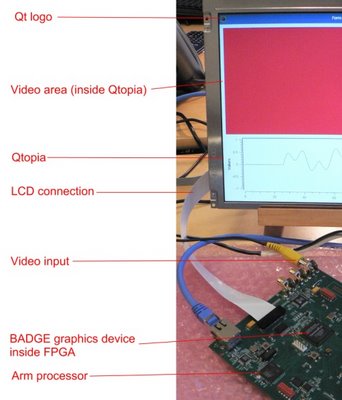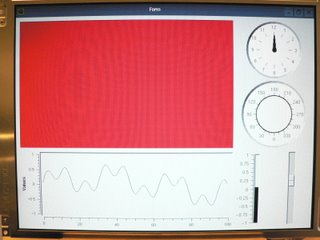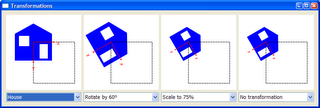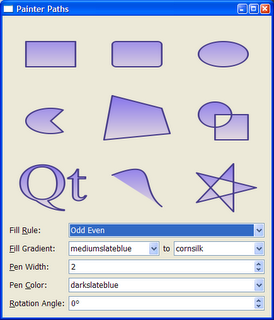>The news has mentioned file sharing more and more. The Pirate Bay has ended up in court, the Danes are blocking TPB and in GB, the discussing seems to concern shutting out customers (Swedish link).
Now, I have two questions:
#1 Will I be shut out for sharing my latest Kubuntu torrent?
#2 How do you discriminate between TPB and Google? Both allow you to search for copyrighted material.
Let me continue by saying that I’m not an information-wants-to-be-free-I-grab-what-I-can kind of guy. However, I feel that the current problem is a legal system and a market that are seriously out of synch with reality. Allowing this to ruin peoples lives and private economy during a transition period (yes – reality always catches up) is a Bad Thing.
So, what are the alternatives:
Watermarking (and prohibited/limited re-distribution)
Free (as in libre) software with paid services
Free (as in free beer) software with paid services
Free music with more frequent (paid) public performances
Paid software with hardware keys
I’m sure that there are more alternatives here. I will be interesting to see which is choosen as standard (hopefully now suing your customers…)
